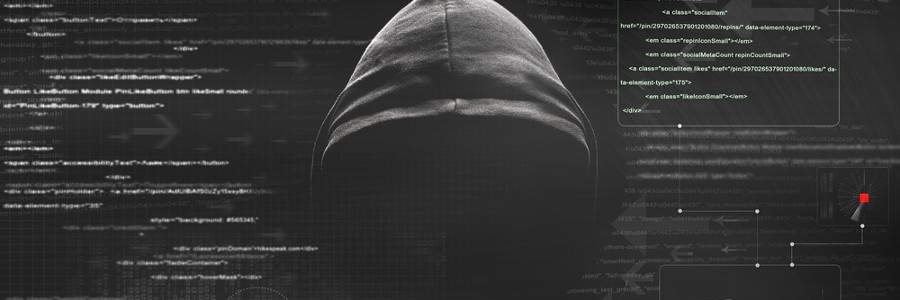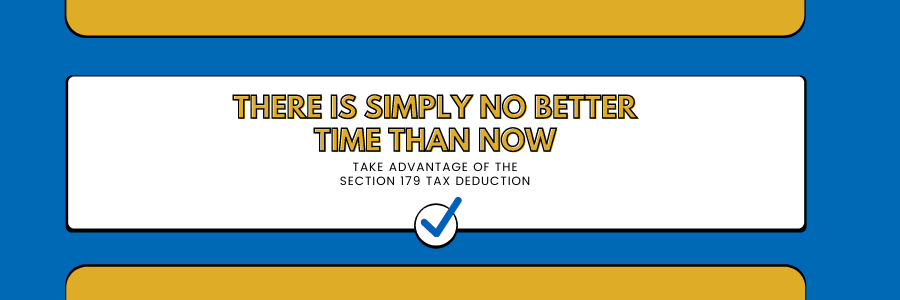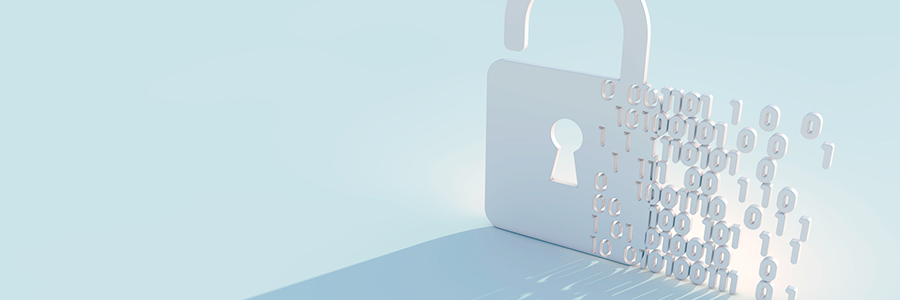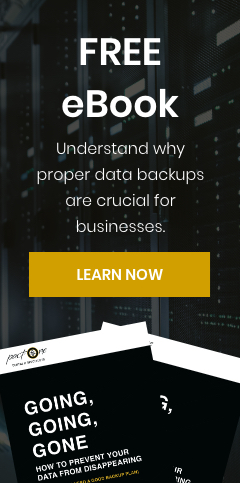Ransomware continues to be the most dangerous type of malware, with one in five businesses in the United States falling victim to an attack. For those who don’t know, ransomware is designed to block one’s access to a computer system until a specific sum of money is paid.
How to Protect Your Dental Practice from Ransomware in 2021
Crucial Components of a Secure Network

With the average cost of a data breach currently sitting at $3.86 million and brute force attacks soaring by 400% during the COVID-19 pandemic, ensuring a secure network is a must for your dental practice. Lost, tampered, or leaked patient data can significantly damage your practice’s reputation and patient trust.
Cloud Services: The Benefits and Drawbacks for Dental Practices
How to spot phishing scams: 5 Signs dental practices should look out for

Phishing continues to be one of the most effective methods of cyberattack plaguing many dental practices today. Phishing refers to a technique that involves an outside entity gaining access to private networks or data with the assistance of someone with legitimate access to them, obtained through deception and social manipulation.
Section 179: What You Need to Know
6 Crucial steps to take when your dental practice falls victim to a data breach
Why Should Your Dental Practice Outsource to a Managed IT Services Provider?
Prevent Phishing Scams in Dental Practices by Learning to Read URLs
5 Common Cloud Myths Dental Practices Should Know
Defend Your Dental Practice from these 5 Types of Hackers

"Know thine enemy" — it means to get to know them and their motives. In this blog, we take a close look at the five types of dangerous hackers, what their motives are, and how they operate.
Script Kiddies
In terms of skill, script kiddies (or skids, for short) are at the bottom of the hacker totem pole.








